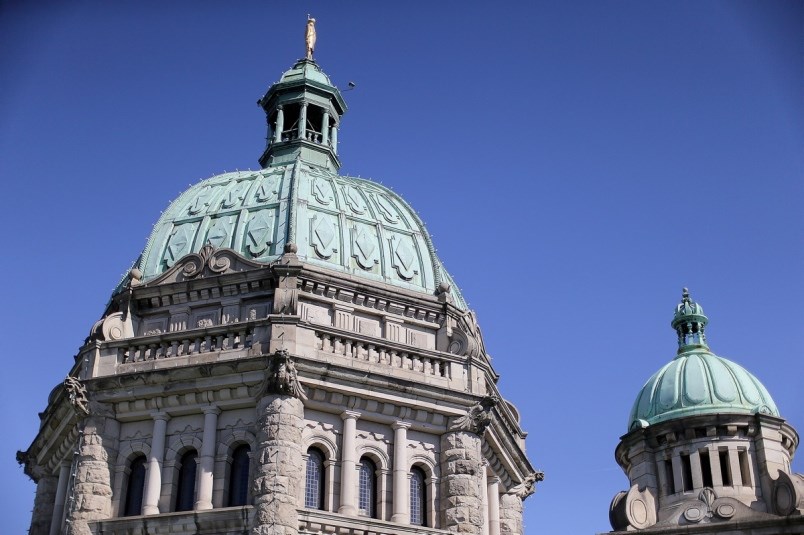B.C. United Party leader Kevin Falcon was blunt when asked last week whether he is worried whether other members of his caucus may follow Abbotsford South MLA Bruce Banman’s lead and bolt to the B.C. Conservative Party.
"No, I remain very confident that there will be no others," was his terse response to that question from my Global BC colleague Richard Zussman.
But more caucus defections may be the least of Falcon's worries, quite frankly.
He should be much more concerned that an apparently growing B.C. Conservative presence will siphon off enough votes from his party in a whole bunch of ridings come the next provincial election, to the point where the NDP would win in a cakewalk.
So far, at least, Falcon is choosing to ignore the threat.
"I don't spend a lot of time worrying about the B.C. Conservatives," he said in the same interview, dismissing that party as a small knot of disorganized enthusiasts who lack organization and candidates.
But Banman's bolt to that party has certainly changed the playing field.
His move means that for the first time in almost 50 years, the B.C. Conservative Party will have two MLAs in the legislature and will qualify for taxpayer-funded financial resources and be allowed to participate in the daily Question Period (and no doubt will be included in the leaders’ televised debate come the next election campaign), all of which adds up to a high much higher profile.
And with that will likely come an uptick in voter support (the party is already leading B.C. United in some polls). Maybe not enough to win many (or even any) seats outright, but enough to potentially inflict serious harm on the B.C. United Party in many Interior and Northern ridings (as the B.C. Reform Party did to the B.C. Liberals in 1996).
That 1996 election bears a closer look, considering the situation that seems to be forming in this province.
In 1996 the B.C. Liberals – having cruised atop the opinion polls for months – were supposed to be headed for an easy victory over the incumbent NDP, which had run afoul of a host of controversies and scandals while in government.
But on election night the fledgling B.C. Reform Party "split" the anti-NDP vote in certain ridings and gained enough votes itself to allow the NDP to win about seven seats that should otherwise have gone to the B.C. Liberals. That, plus the fact the B.C. Reformers won two seats themselves allowed the NDP to win re-election despite losing the popular vote to the B.C. Liberals.
And now that kind of potential vote-splitting is on the horizon again.
If the B.C. Conservatives boost their votes by even a mere 10 percentage points in ridings located in regions that elect Conservative MPs by hefty margins (a scenario that is by no means far-fetched) that would likely give the NDP at least four to six seats, it normally would not win (a 15 point increase would likely put another half dozen seats in play).
For the moment, B.C. United caucus members are taking heart from what happened in 2013, when the B.C. Conservatives were hovering around 20 per cent in some opinion polls, won a spot in the leader’s debate and then crashed and burned in an election won in an upset by the B.C Liberals.
However, today's situation seems markedly different. Rather than ignoring a growing threat from the rear, the B.C. United Party would be wise to take that threat more seriously, otherwise a 1996 scenario – not a 2013 one – may prove to repeat itself.
Keith Baldrey is chief political reporter for Global BC.




